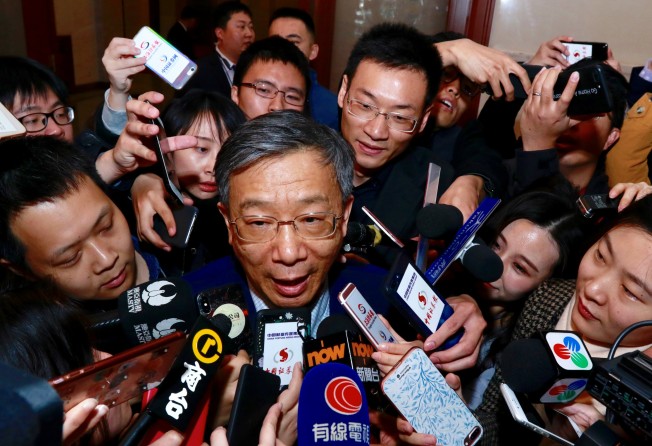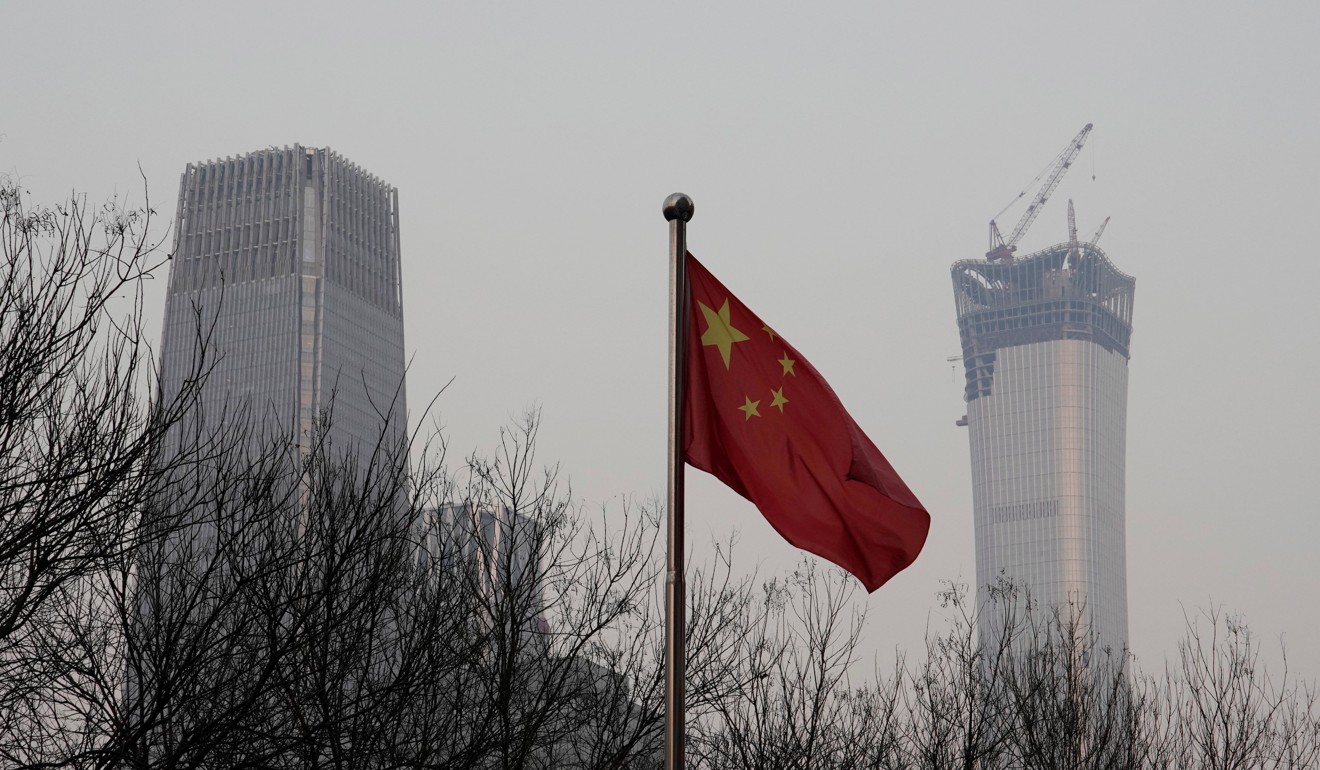Is China’s ‘cheap money’ era over as credit shrinks and interest rates rise?
Credit in China’s economy plunged an unprecedented 20 per cent in the first quarter as banks were allowed to raise their interest rate ceilings, indicating an era of easily available cheap funds has ended

Credit in China’s economy plunged close to an unprecedented 20 per cent in the first quarter as banks were allowed to raise their interest rate ceiling, indicating the era of easily available cheap funds in the country has ended.
Social financing, a broad measure of credit and liquidity in the world’s second biggest economy, fell 1.33 trillion yuan (US$211.85 billion) from a year earlier to 5.58 trillion yuan, the People’s Bank of China said on Friday.
During the first three months of the year, the bulk of financing – 87 per cent – took the form of bank loans.
“Shadow banking financing” shrank, as Beijing continued its crackdown on illicit deals and strived to pare debt to stem systemic financial risks, according to the central bank.
“The fall in the outstanding amount of broad social financing is bigger than expected,” Ding Shuang, chief China economist for Standard Chartered in Hong Kong, told the South China Morning Post.
“It showed that Beijing is really determined to cut leverage level in the economy ... even [though] doing so might decelerate economic growth a bit.”
With China’s money supply growth slowing and the broad credit supply drying up, the central bank is set to relax its informal guidance for the upper limit of commercial banks’ deposit rates, Reuters reported.
Following the move, competition for deposits is expected to intensify, a development that could lead to higher interest rates, the report said.

China’s benchmark one-year deposit rate is 1.5 per cent. In the interbank market, average lending and borrowing rates among banks edged up 2.74 per cent, a rise of 0.01 percentage points from the previous month.
The latest results came as a trend toward global monetary policy normalisation, led by the US Federal Reserve, is spurring higher rates.
In Asia, Singapore’s central bank tightened monetary policy for the first time in six years. The central bank said it would slightly increase the slope of the Singapore dollar’s policy band from zero per cent previously, while keeping the band’s width and mid-point unchanged.
Meanwhile, China is reluctant to overreact on monetary tightening.
Yi Gang, the newly appointed central bank governor, said at a forum earlier this week that China would stick to a prudent monetary policy practice.
Yi said he was happy to see a largely stable China-US interest rate gap, even though the Fed had raised rates six times this cycle.

Julian Evans-Pritchard, senior China economist at Capital Economics, said in a research note that China’s central bank has no intention of allowing rates rise too sharply.
“Although it has pretended to follow the Fed by raising the rate on its open market operations, the central bank has actually made liquidity more readily available, helping to push down market interest rates in recent months,” Evans-Pritchard said.
Beijing’s intention to keep economic expansion on track was reflected in strong bank lending growth.
For the first quarter, bank lending rose 15 per cent year on year, outstripping economic growth.
“The higher share of new loans in aggregate financing reflects the shrinking of shadow banking on the back of the tightening regulation,” said Betty Wang, senior China economist at ANZ.
“This is moving towards what the regulators would like to see.”
Shao Yu, chief economist at Orient Securities in Shanghai, said China was expected to press on with its “deleveraging” efforts for another one or two years.
“As long as economic growth does not fall off a cliff, the authorities won’t relax,” he said.
Additional reporting by Reuters